This week, Max is celebrating nine decades of DC Comics history with the new three-part documentary series, Superpowered: The DC Story, from co-directors Leslie Iwerks and Mark Catalena. Fandom was recently among the press invited out to the Warner Bros. lot in Burbank for an advance screening of the series, followed by a panel and an interview with the filmmakers. During the opening moments of the panel, DC’s President, Publisher and Chief Creative Officer Jim Lee shared a notable parallel between the past and the present of DC Comics.
“The blurb for the second episode is like ‘Comic book sales are in the toilet, the company is contemplating a reboot as they prep a new Superman movie,’” recalled Lee. “And I was like, ‘Is that 1970? Is that today? Is that 2011 with The New 52?’ So it is a common story. There were implosions before I even started at DC, and I’m sure there will be challenges going forward. But I think that’s what keeps it interesting and exciting. Because these characters are so iconic and beloved, and they’ve been around forever. At the same time, they’re constantly in peril. It’s very meta.”
Iwerks and Catalena consulted with Lee and others at DC when they began planning their documentary. In the show’s final form, the series goes back-and-forth to the distant past of the company and back to the present, with many short stops at other pivotal moments in DC’s history. It’s one of the most comprehensive looks at DC Comics to date, but even this series couldn’t fully expand on every thread.
“Each one of these nuggets of information could have its own documentary,” noted Catalena during the panel. “Like Grant Morrison would say, ‘it’s a portal to infinity.’ We had to make some really hard choices about what to include, and what not to include. Our main goal was … we wanted it to be from the comic book perspective. Because that’s where it started. Comic books weren’t necessarily the profit center, but they were the idea center. That was our North Star and we’ve stayed on that trajectory.”
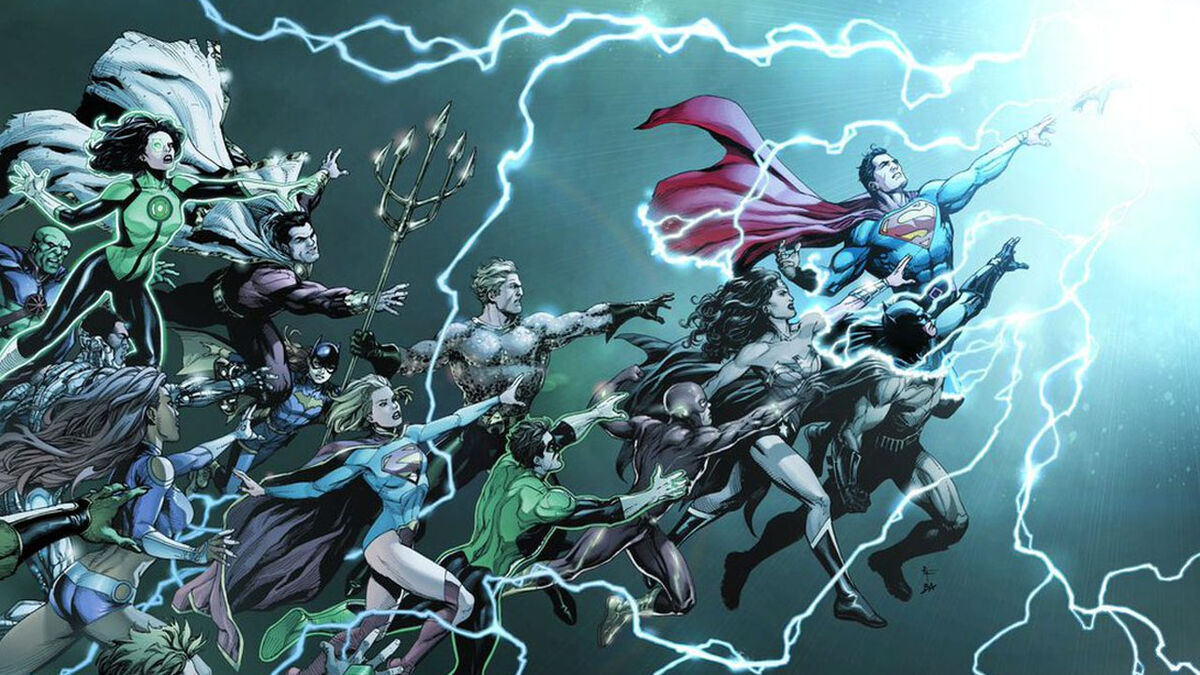
Iwerks is an acclaimed documentary filmmaker who is known for her work on The Pixar Story, Industrial Light & Magic: Creating the Impossible, and the Disney+ original series, The Imagineering Story, which she co-directed with Catalena. According to Iwerks, that was the project that brought Warner Bros. to her for this series.
“Warner Horizon came to me after seeing The Imagineering Story that we did for Disney+,” said Iwerks. “They said ‘We’d love for you to tell the story of DC in a similar way.’ They also said we could do 100 Years of Warner Bros. That was kind of the impetus there. Then I talked to Mark… and he told me he had about 5 or 6,000 DC comics. So I was like ‘Okay, we’re doing this together.’”

Superpowered: The DC Story episode 1 briefly sheds light on the company’s largely forgotten founder, Major Malcolm Wheeler-Nicholson. He was a pulp writer who essentially invented comic books as we know them when he founded DC’s predecessor, National Allied Publications, in 1934. Wheeler-Nicholson’s innovation was to publish new stories in his comics instead of reprinting newspaper strips. However, Wheeler-Nicholson was only with the company for a few years before he was forced out shortly before the dawn of the age of superheroes.
“It’s a weird beginning for a company,” notes Catalena. “This guy has this great idea, and the idea is that I’m not going to reprint things that were done in the newspapers. I want original stories. That’s how it begins. But just as the big break is about to happen, he’s forced out. I think in the past when DC has recognized its history, it’s easy to cut him out. And we really didn’t want to cut him out because that is the true birth of the company. But he just didn’t have the skills to run it. He was much more creative. He was a writer, he wrote all of these adventure stories. So I think that was his shortcoming.”
Catalena went on to offer an explanation about how Wheeler-Nicholson found himself ousted from his own company.
“He got short of cash, and he started running around with a rough and tumble New York crowd, people who were into not the most legitimate things,” added Catalena. “And he got strong armed out of the business. That’s really the long and the short of it. There’s very little that exists of him, I think we have more photos of him than have ever been put together before. But it was really important for us to give credit where credit was due. I did talk to his granddaughter on the phone, and she was appreciative that he’s gonna make it [into the documentary].”
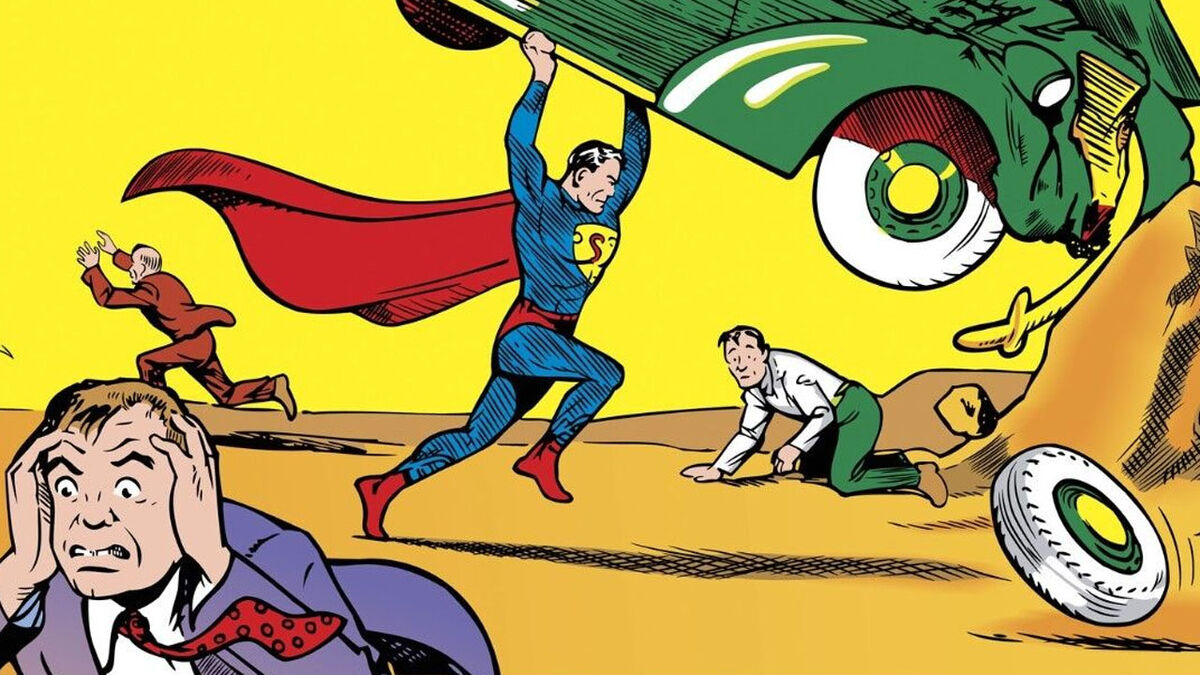
One of the early surprises in episode 1 is a rare recording of Superman creators Jerry Siegel and artist Joe Shuster offering their recollections about how they came up with the idea for the most iconic superhero in the world.
“The chief archivist at DC might have pointed us in the right direction [for that],” said Catalena. “His name is Benjamin LeClear. There were audio interviews done with [Siegel and Shuster], and they also did one interview in the ’70s.”
However, the miniseries does not spend a lot of time on Siegel and Shuster’s public battle with DC over money and the right to be recognized as the Man of Steel’s creators.
“Only briefly do we kind of allude to it. We could have gone into that story more,” admits Catalena. “We tried to use them as an emblematic example of that struggle in episode 1 just to set it up… At the time, they were the highest-paid creators, but yes, highly undervalued for what it became.”
“And we can relate,” added Iwerks, who noted that the WGA was picketing the Warner Bros. lot on the day of this interview, which occurred shortly before SAG-AFTRA also went on strike. “We had to cross a picket line [to get into the studio], and these writers are fighting for exactly what those writers were fighting for back then. The streaming services have taken a lot of the money, and the writers want their share. These things repeat themselves.”
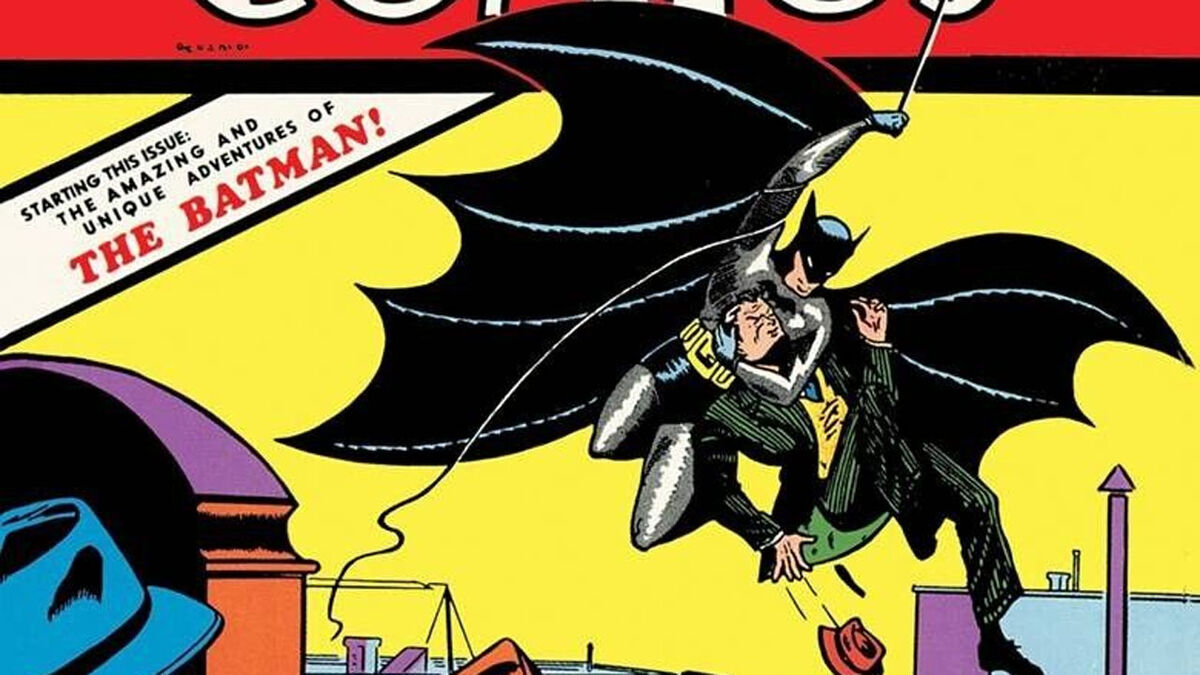
Perhaps the biggest shock in episode 1 is a video of Bob Kane at a comic convention in the ‘70s as he admits the role that Bill Finger played in the creation of Batman. Kane spent decades downplaying Finger’s part in the development of his most famous character, and he even denied it when Finger spoke out about it in the ‘60s. To Iwerks and Catalena, this was the equivalent of finding a smoking gun.
“That one did come from the DC archives, but it was buried,” recalled Catalena. “They had a lot of unlabeled tapes, so it was just shifting through this stuff, and it’s from a comic convention in New York during the ’70s, and yeah, [Kane] says this bombshell. So you start to wonder, was he beginning to feel guilty? Because this was after Bill had passed. Whatever the reason may be, it struck him that he should admit this.”
“I think ego definitely plays a big part in this too,” added Iwerks. “You look at the history of these creators, and you think that Bob Kane had a big ego to dismiss Bill FInger. But we also say [Finger] was a ghost writer, so it’s not like he was set up to be a co-creator. But still, over time [Kane] got so much money, and then you start to ask when does art and ego start to blend? And where does it lead to downfalls?”
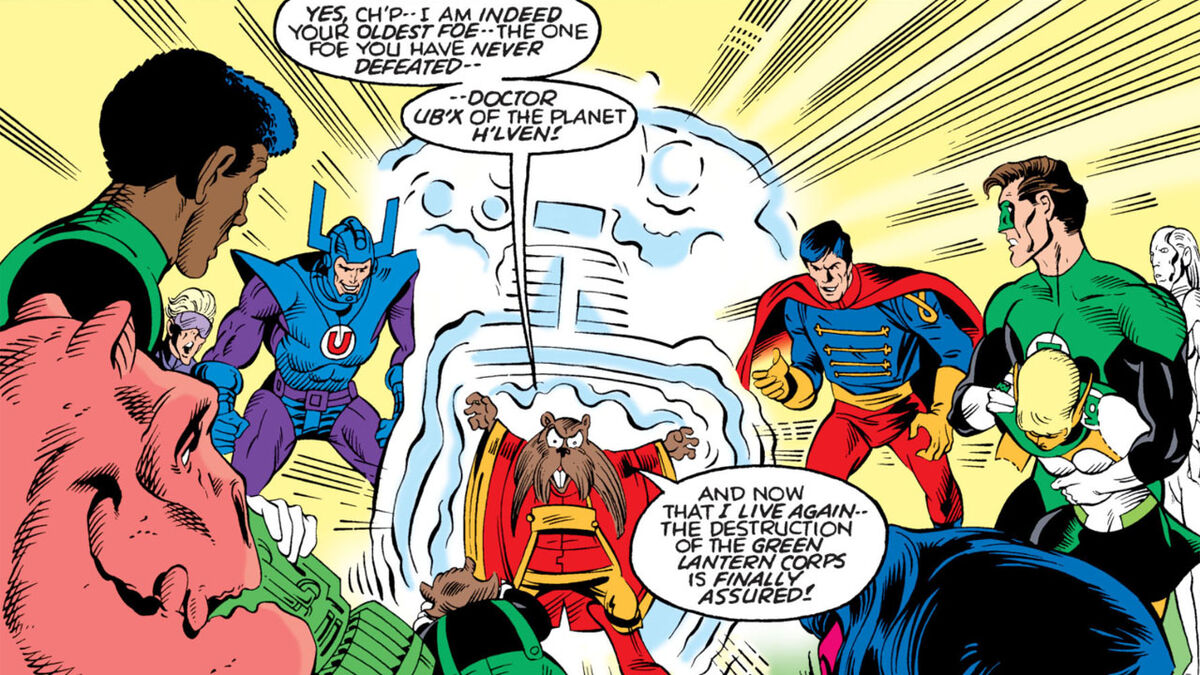
Iwerks is the granddaughter of legendary Disney animator Ub Iwerks, the man who co-created Mickey Mouse and Oswald the Lucky Rabbit with Walt Disney. And during the production of Superpowered, Iwerks discovered that DC had paid tribute to her grandfather decades ago with a minor Green Lantern villain named Doctor Ub’x.
“On this journey, Mark hands me a comic, and it’s Doctor Ub’x,” said Iwerks. “It’s based on my grandfather, Ub Iwerks, and I didn’t know any of this until Mark handed it to me. That was a fun revelation.”
Doctor Ub’x was the nemesis of the Green Lantern known as Ch’p before they eventually reconciled with each other in the aftermath of Crisis on Infinite Earths. It has been several years since Ub’x has appeared in the comics, but Iwerks is hopeful that he will show up again.
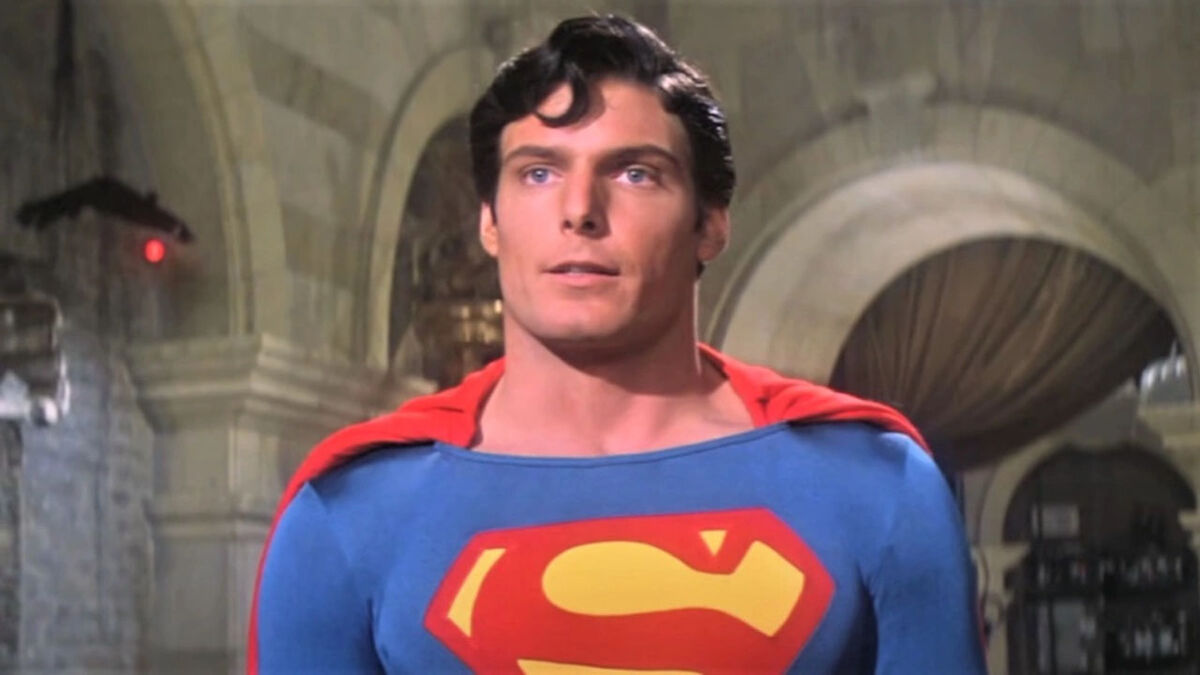
DC’s current owner, Warner Bros. Discovery, has been criticized for its treatment of the characters, including the cancellation of the Max-original movie Batgirl for a tax break. But as noted by Catalena, this is not a new issue for DC itself. The company was in the same position in the late ‘60s when it was taken over and put under the control of Warner Communications.
“At the time Warner Communications took over DC, I was surprised by how little they valued any of it,” said Catalena. “They really didn’t care about anything. They cared about the merchandise, and they cared about Superman. That to me is mind boggling. These are billion dollar characters that resonate globally with all cultures, but back then they thought ‘this is worthless.’”
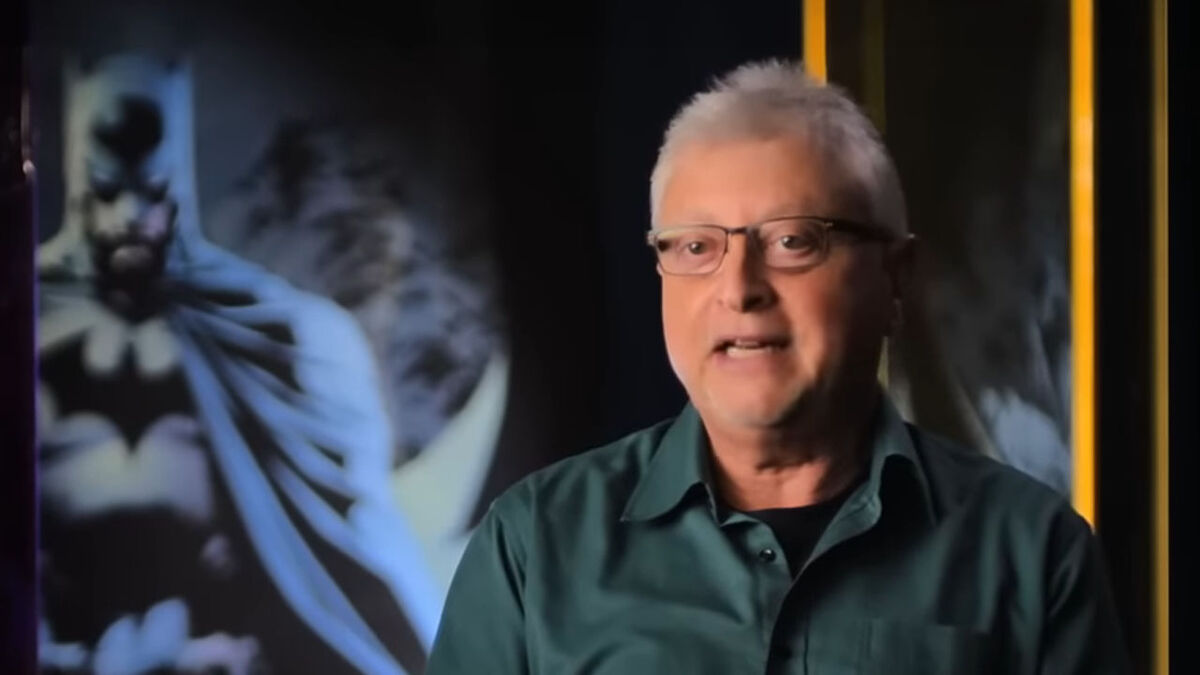
As laid out in the first two episodes, the Batman 1966 TV series played an unexpected role in the eventual creation of the 1989 Batman movie by director Tim Burton. It came down to producer Michael Uslan, who hated the TV series but loved Batman. And he bought the rights to produce a Batman movie with a desire to redeem the character.
‘I didn’t fully grasp the implications of Michael Uslan’s story, which we pay off in episode 2.’ explained Catalena. “Here’s this kid who loves Batman, and this show comes on that treats Batman like a joke and he makes it his mission, his vow, to say ‘I’m going to show the world the true Batman.’ I never knew that, but that was huge to me. He got the [movie] rights, he was instrumental in getting the movie made with Tim Burton, and on from there.”
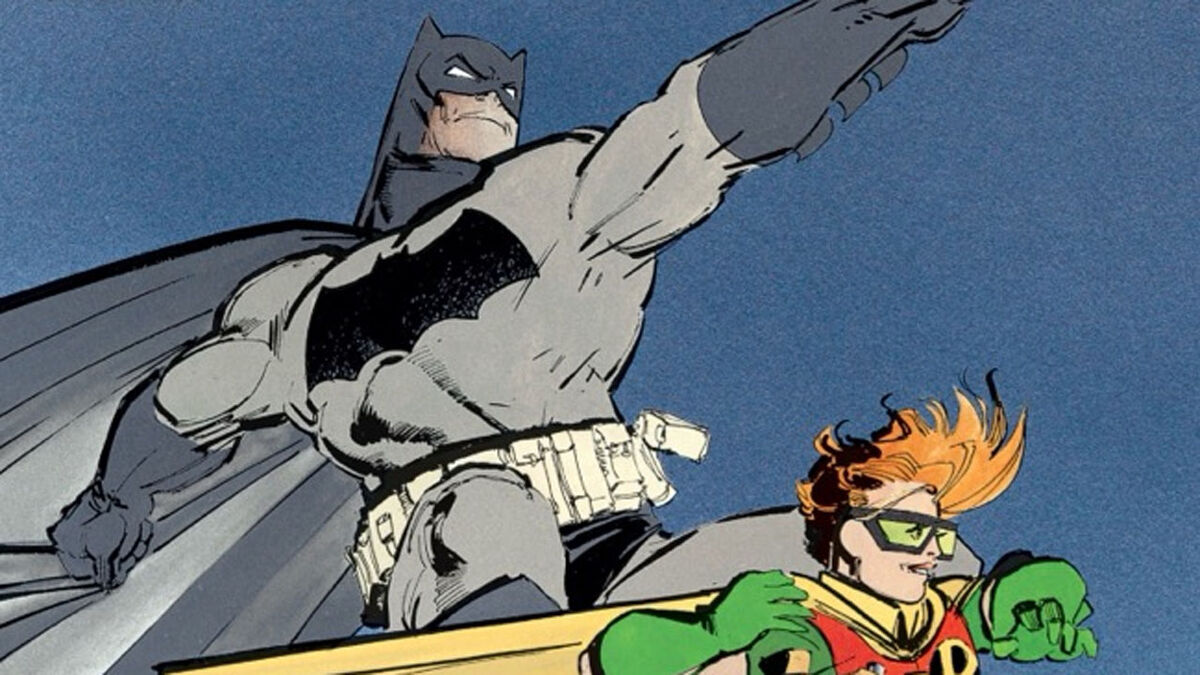
When asked to pick the most pivotal moment in the history of DC, Catalena was quick to point the finger towards the efforts of DC publisher Jenette Kahn in 1986 for laying the foundation for both Frank Miller’s Batman: The Dark Knight Returns and Alan Moore and David Gibbons’ Watchmen.
“I think the year 1986 is the most pivotal year, because Jenette Kahn brings Frank Miller over from Marvel and gives him free rein and he comes out with Dark Knight,” said Catalena. “That same year, Alan Moore does Watchmen. That one-two punch in that same year set comic books and the whole superhero genre on a different path.”
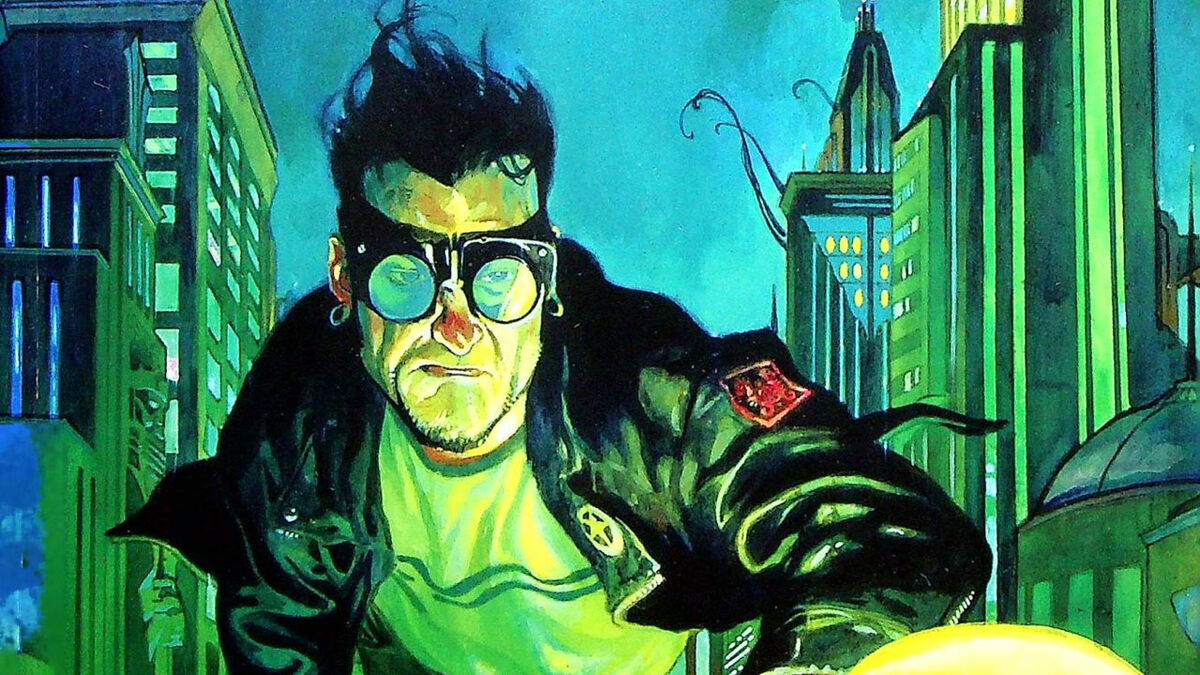
While Iwerks and Catalena weren’t able to fit every chapter in DC history within Superpowered, they credited their meetings with Lee for setting them on the right path.
“[Lee] said something in those meetings that really stuck with us and gave us something to shoot for, which is ‘DC is aspirational,” noted Catalena. “That was a key component for us. We had to focus on the hope and the optimism.”
Superpowered: The DC Story will premiere on Max on Thursday, July 20.
Related New
Related